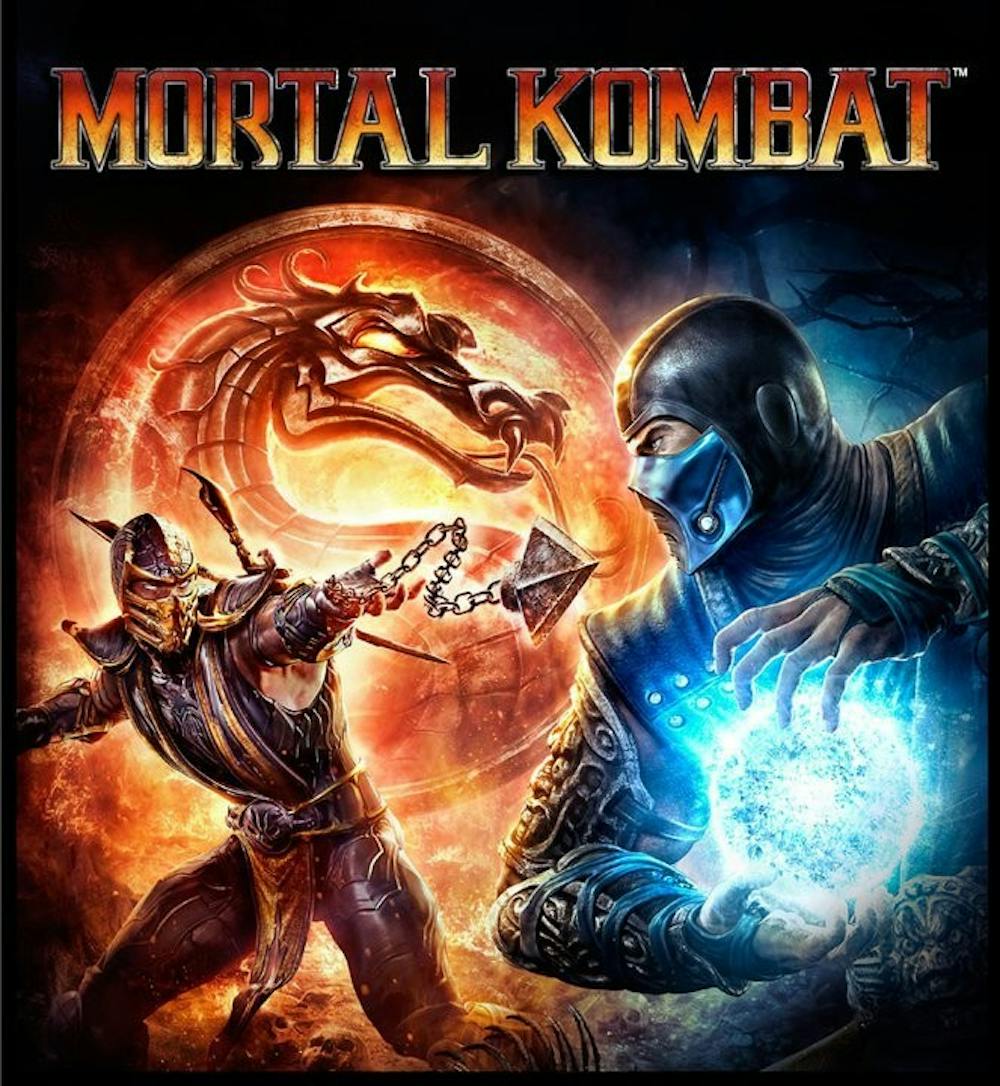4/5 Pitchforks
Released April 19, 2011
PS3, Xbox 360
Sporting a classical feel, “Mortal Kombat” correctly revives the iconic series for the first time on the Playstation 3 and Xbox 360. With a crisp storyline and less-than-shiny graphics, the fighting game feels akin with the original and comes with a few new bells and whistles, far surpassing the atrocity that was its most recent predecessor, “Mortal Kombat vs. DC Universe.”
The first noticeable and welcoming change is the control scheme. The endless slew of button-mashing combination attacks that plague most fighting games is gone, and in its place is a simplified layout derived from the “Tekken” series, and the simple mode in “Marvel vs. Capcom 3.”
Dedicated buttons have been mapped out for basic punches and kicks, blocking, switching stance, and grappling attacks.
However, pulling off lickety-split combination attacks are still a major aspect of gameplay for those who wish to claim victory.
Another new feature is an energy bar dubbed the “super meter,” which is located at the bottom of the screen.
This gauge has three benchmarks and is filled by successfully unleashing combo attacks or being hit by an opponent. Using stored energy can counter an opponent’s attack, improve a character-specific special attack or activate the devastating X-ray move.
The brutal X-ray attacks are really what make this addition to the “Mortal Kombat” series into eye candy.
By maxing out the super bar and getting within striking distance of an opponent, simultaneously plunging both triggers will activate the X-ray attack. If the move connects, a fatality-like cut-scene commences that turns the opponent’s skin invisible, exposing bones, muscles and organs underneath. Then two or three attacks begin that shatter bones, rupture organs and crack open skulls like raw eggs.
Kitana’s X-ray move is fantastically flinch-inducing. She withdraws her two sabers and rams them into the back of her opponent’s skull, which splinters the entire facial structure upon impact. But it isn’t over yet, as Kitana teleports in front of the adversary, removing her swords in the process, and then plunges both weapons through the sorry sucker’s eye sockets.
The story mode is pretty well done for a fighting game. “Mortal Kombat’s” plot follows the Lightning God Raiden and the unfolding visions of his own demise by the Outworld Emperor Shao Kahn. Shao Kahn holds the 10th Mortal Kombat tournament to determine the future of mankind. If the human fighters lose the tournament, the world’s inhabitants will be eradicated by Shao Kahn and his demonic forces.
The 20-chapter-long story mode becomes incredibly challenging and allows most of the games’ characters to be played at one point between the chapters.
However, one of the best aspects of the “Mortal Kombat” series isn’t endorsed in the campaign.
Due to the continuing story, fatality moves are not allowed. While this isn’t a big deal, the experience is somewhat lackluster without hearing “finish him” and being able to create the visceral final kills.
Another disappointment is visible character damage after fights, or more correctly the lack thereof. Even after an insanely violent beating it’s rare to see any form of damage on the characters during dialogue cut-scenes directly following a fight. When the occasional residual damage is noticed, it’s boring and minimal.
However, for those who want the ultra-violence and brutal gore “Mortal Kombat” is renowned for, there are the Fight and Challenge Tower options.
Fight is a standard arcade mode that pits that player up against 10 randomly generated foes. Advance through nine of them to fight Shao Kahn. A neat inclusion has been added to this mode, however.
As featured in many other fighting game franchises, a two-person tag-team mode has been implemented. In certain game modes this allows for two characters to be swapped mid-fight at will. By preforming certain combinations prior to exchanging characters, savage attacks can be unleashed upon an opponent.
The Challenge Tower gives players 300 stages of varying difficulty, in which they must complete various tasks within particular qualifications.
Best of all, every mode but story includes the grisly visuals and all the fatalities fans have come to adore over the years.
By reintroducing the concept of fatalities and visually designing “Mortal Kombat” to tribute the first three classics, as well as being spliced with new features and a tightly knitted story, this inclusion to the series is going to bring a swath of new players to the games’ universe and revitalize the words, “finish him.”
Reach the reporter at tdmcknig@asu.edu





